In the Fabulous Fabric series you have already been tipped off that Hart’s Fabrics carries recycled felt as does Felt-o-rama. It is also widely available at Joanns, Hobby Lobby, and Walmart.
- Three Sneaky Bugs shows us how to turn an empty frame into a Felt Story Board. Repurpose a frame you already have or find one at a thrift store.
- Make Felt Flower Hairpins with Bugs and Fishes by Lupin. These would also be great brooches to adorn your purse, jacket, or to give as a gift.
Now if only you could take 10 plastic bottles into the fabric store and swap them for a pound of felt!

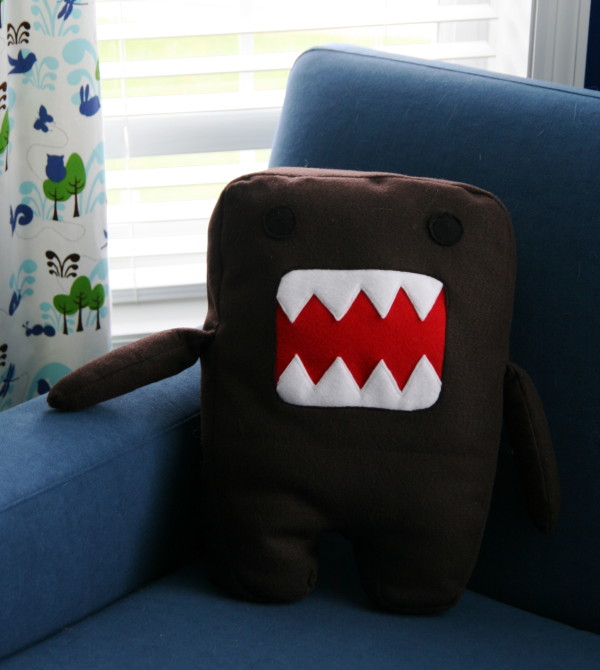
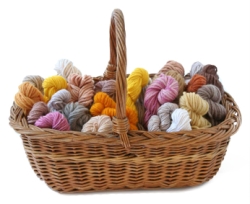
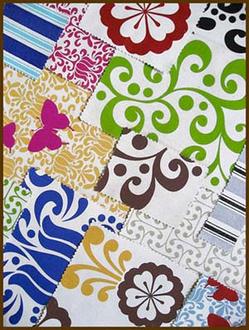
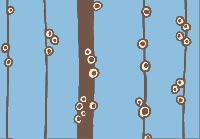
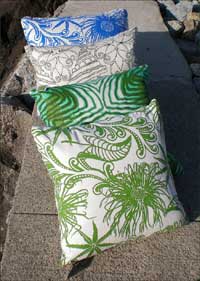

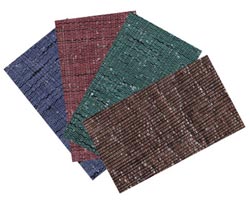
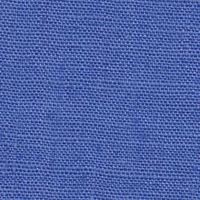
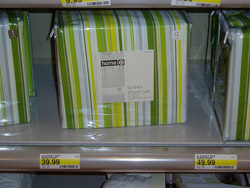
The felt I just got at JoAnn Fabrics was made with recycled plastic – not sure if it’s the same brand or not!
The felt I just got at JoAnn Fabrics was made with recycled plastic – not sure if it’s the same brand or not!
The felt I just got at JoAnn Fabrics was made with recycled plastic – not sure if it’s the same brand or not!
The recycled felt at Joann’s is Eco-fi Felt. They carry it by the yard and in smaller craft sizes.
The recycled felt at Joann’s is Eco-fi Felt. They carry it by the yard and in smaller craft sizes.
The recycled felt at Joann’s is Eco-fi Felt. They carry it by the yard and in smaller craft sizes.
just what I was looking for! i will have check it out. is the dye eco-friendly too?? i hope 😉
just what I was looking for! i will have check it out. is the dye eco-friendly too?? i hope 😉
just what I was looking for! i will have check it out. is the dye eco-friendly too?? i hope 😉
Fabulous tip! Thanks.
Fabulous tip! Thanks.
Fabulous tip! Thanks.
“Fabrics made from Eco-fi fiber are chemi-
cally and functionally nearly identical to
those made from non-recycled fabrics. The
difference is that Eco-fi fiber is made with-
out depleting the Earth’s natural resources.”
Unfortunately, the extent of the eco-friendliness here is limited to the recycling of plastic bottles into new material. It is still better than buying regular polyester felt.
To learn more about Eco-fi Fiber, here is the brochure:
http://www.kuninfelt.com/dfiles/ecofi_SS.pdf
“Fabrics made from Eco-fi fiber are chemi-
cally and functionally nearly identical to
those made from non-recycled fabrics. The
difference is that Eco-fi fiber is made with-
out depleting the Earth’s natural resources.”
Unfortunately, the extent of the eco-friendliness here is limited to the recycling of plastic bottles into new material. It is still better than buying regular polyester felt.
To learn more about Eco-fi Fiber, here is the brochure:
http://www.kuninfelt.com/dfiles/ecofi_SS.pdf
“Fabrics made from Eco-fi fiber are chemi-
cally and functionally nearly identical to
those made from non-recycled fabrics. The
difference is that Eco-fi fiber is made with-
out depleting the Earth’s natural resources.”
Unfortunately, the extent of the eco-friendliness here is limited to the recycling of plastic bottles into new material. It is still better than buying regular polyester felt.
To learn more about Eco-fi Fiber, here is the brochure:
http://www.kuninfelt.com/dfiles/ecofi_SS.pdf
Man, you’re getting off easy, Jackie. When I posted an ode to this same stuff a couple of months ago in “Wool Comes from Sheep, and I’m Cheap,” one of my commentors called me a Very. Bad. Word.
I’m of the opinion that recycled acrylic felt is way better even than 100% wool felt, unless you’re sure that wool felt did not come from factory farmed sheep.
See why I got called a bad word?
Man, you’re getting off easy, Jackie. When I posted an ode to this same stuff a couple of months ago in “Wool Comes from Sheep, and I’m Cheap,” one of my commentors called me a Very. Bad. Word.
I’m of the opinion that recycled acrylic felt is way better even than 100% wool felt, unless you’re sure that wool felt did not come from factory farmed sheep.
See why I got called a bad word?
Man, you’re getting off easy, Jackie. When I posted an ode to this same stuff a couple of months ago in “Wool Comes from Sheep, and I’m Cheap,” one of my commentors called me a Very. Bad. Word.
I’m of the opinion that recycled acrylic felt is way better even than 100% wool felt, unless you’re sure that wool felt did not come from factory farmed sheep.
See why I got called a bad word?
Pingback: Toy Felt Brown Bag Lunch | Tiny Décor Blog
Pingback: Seven Uses for Empty Cereal Boxes : Crafting a Green World
But it’s still plastic right? I personally just don’t like working with acrylic too see through and it fuzzes so easily. I get my 100% wool felt from american felt and craft and they are very picky about the people they buy from and it it’s eco friendly to boot!
But it’s still plastic right? I personally just don’t like working with acrylic too see through and it fuzzes so easily. I get my 100% wool felt from american felt and craft and they are very picky about the people they buy from and it it’s eco friendly to boot!
But it’s still plastic right? I personally just don’t like working with acrylic too see through and it fuzzes so easily. I get my 100% wool felt from american felt and craft and they are very picky about the people they buy from and it it’s eco friendly to boot!
Pingback: Fab Fabrics: Recycled Wool Felt from Feltwerker : Crafting a Green World
Pingback: Handmade Holidays: Recycled Felt Journal Cozy : Crafting a Green World
Thank you so much for sharing this info! I JUST bought some eco-felt from Felt-O-Rama!!
Thank you so much for sharing this info! I JUST bought some eco-felt from Felt-O-Rama!!
Thank you so much for sharing this info! I JUST bought some eco-felt from Felt-O-Rama!!
Pingback: Crafting a Green Craft at the Summit of Awesome : Crafting a Green World
Now that’s a scary pillow! Nice work.
Now that’s a scary pillow! Nice work.
Now that’s a scary pillow! Nice work.
It’s wonderful to see this recycled felt being promoted so well. Great article!
We had real trouble finding it in the UK when we wanted it, so we started a company selling it. If any other UK crafters are having similar trouble, hopefully we can help out! =)
It’s wonderful to see this recycled felt being promoted so well. Great article!
We had real trouble finding it in the UK when we wanted it, so we started a company selling it. If any other UK crafters are having similar trouble, hopefully we can help out! =)
It’s wonderful to see this recycled felt being promoted so well. Great article!
We had real trouble finding it in the UK when we wanted it, so we started a company selling it. If any other UK crafters are having similar trouble, hopefully we can help out! =)
It’s wonderful to see this recycled felt being promoted so well. Great article!
We had real trouble finding it in the UK when we wanted it, so we started a company selling it. If any other UK crafters are having similar trouble, hopefully we can help out! =)
Pingback: Green Geek Crafts: Five DIY Projects for your Gadgets – Crafting a Green World
I found a bunch of felt through the site http://www.ecofreek.com! Try it out
Who in the world factory-farms sheep? That’s crazy. It’s easier to just let them graze, and probably better for the wool as well.
That said, if you’re really itchy (ha ha) about using wool for the “animal exploitation” angle (yawn–try being a sweatshop worker, *that* is exploitation), you could try sourcing used wool sweaters at thrift shops. There are instructions all over the Internet for felting wool sweaters, and then you can use it in any felt crafts you like.
FYI, wool and alpaca are still unsurpassed for keeping people warm in harsh climates–and remember, synthetic fibers come from petroleum. We’re better off getting more sheep out on the grass and drilling less in the Arctic. It is not like all that oil’s going into automobiles.
But yes, I like Eco-fi. And yep, JoAnn carries it. 🙂
There are a lot of social and environmental issues when it comes to producing pretty much anything, and being flip and condescending is not going to change anyone’s mind. This investigative report goes into the problems with sheep factory farming for the wool industry:
http://www.animalsaustralia.org/media/press_releases.php?release=150
I’m sorry that you find animal cruelty and the environmental issues that surround factory farming such a “yawn.” I do not believe that one problem cancels out the other like you seem to be saying. You could also say “sweatshops? Yawn…try being a child slave in the chocolate industry.”
Great article thank you! Any advice on recycling felt projects *after* their life as a stuffed animal? Would love to keep closing the loop 🙂